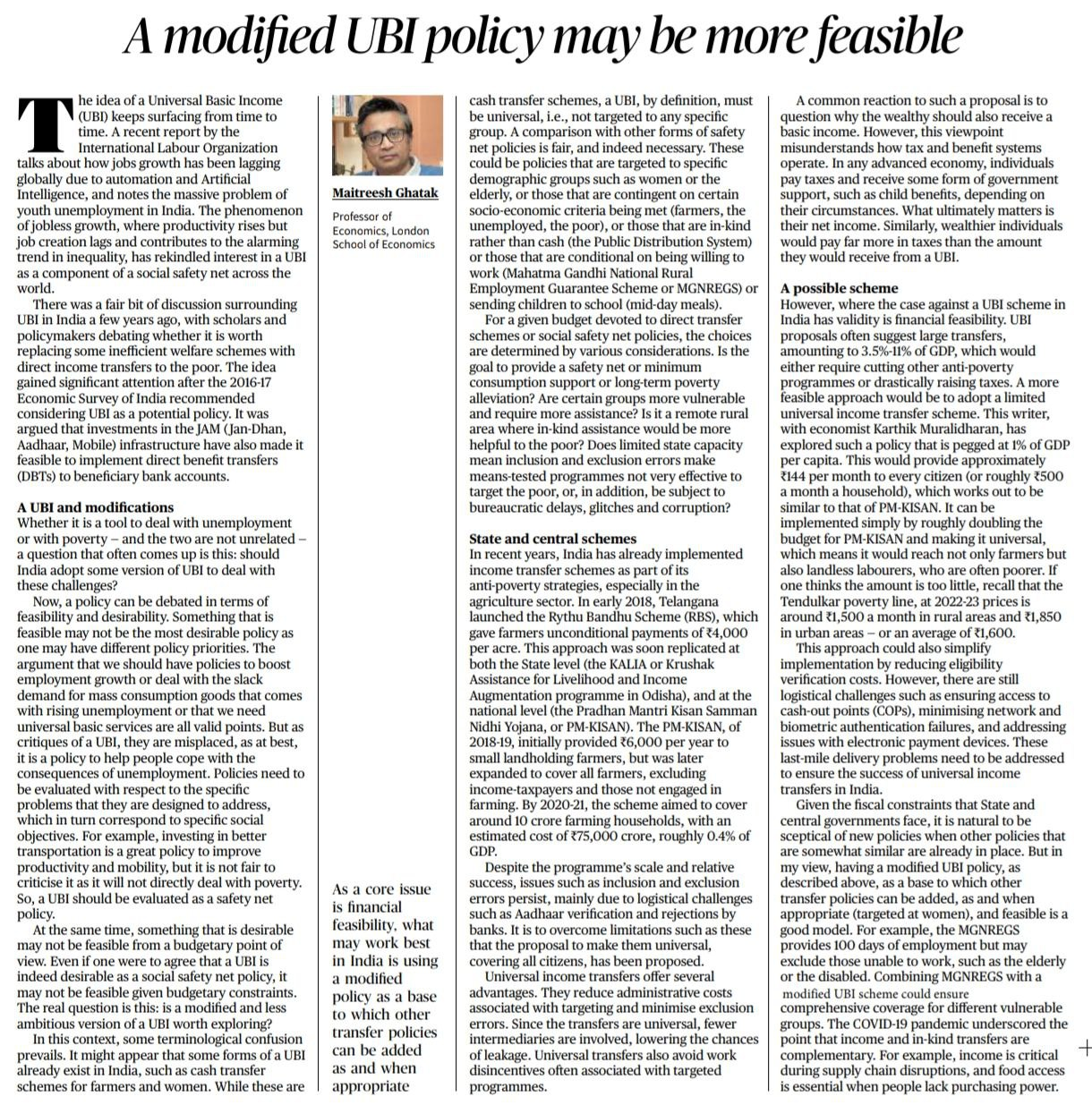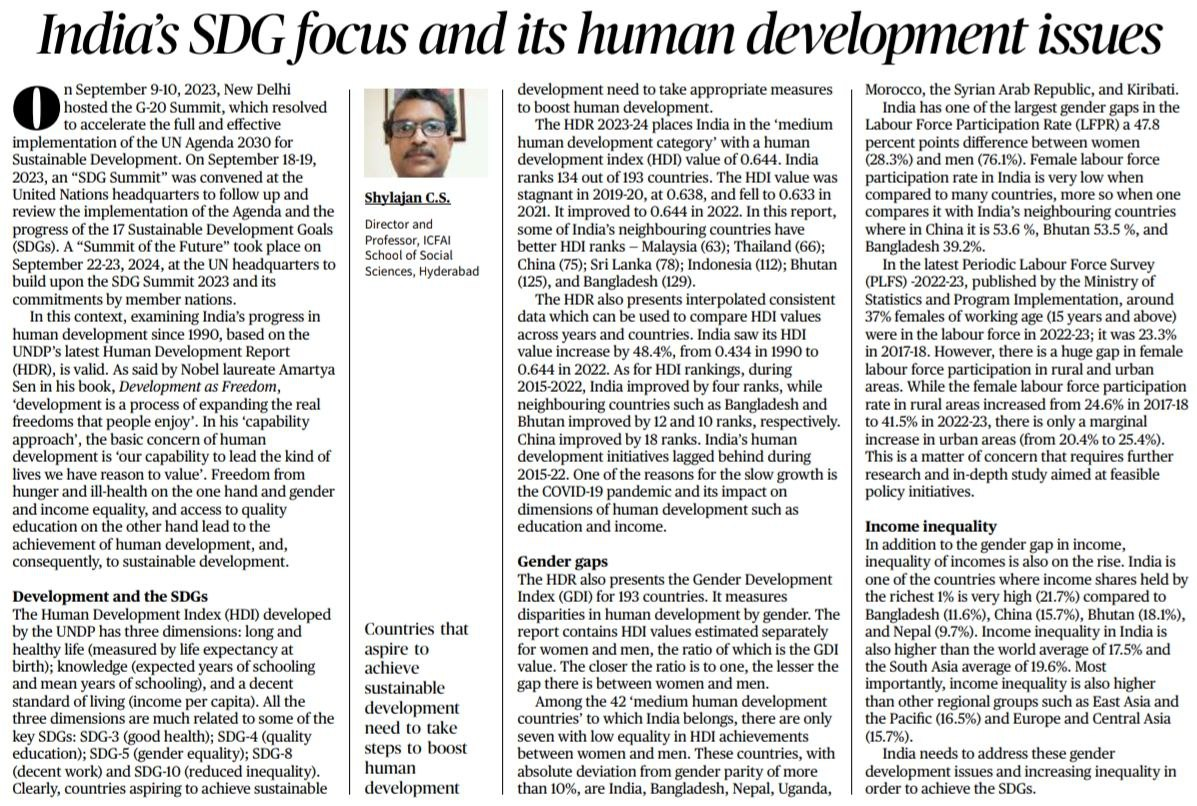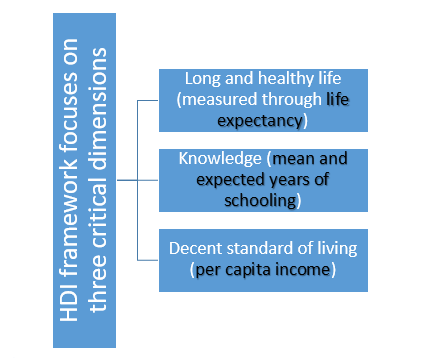1. Universal Basic Income (UBI) Policy: A Feasible Alternative?
Introduction
The concept of Universal Basic Income (UBI) has been a topic of discussion for years, gaining renewed interest in India following the 2016-17 Economic Survey. The primary concerns UBI seeks to address are job displacement due to automation, rising inequality, and the inefficiency of current welfare schemes. UBI promises to provide a basic, unconditional income to all, ensuring a social safety net. However, its feasibility and desirability in the Indian context require deeper analysis, especially concerning modifications to make it more practical.
- UBI and Modifications
UBI, at its core, is universal and untargeted, addressing both unemployment and poverty. It is seen as a solution to job losses due to automation and AI, providing a stable income source. However, the key debates around UBI center on whether it should target specific groups or be truly universal, and whether it is a tool for poverty alleviation or job creation. Several modifications, such as cash transfers to targeted groups (e.g., women, elderly, unemployed), could increase feasibility.
- State and Central Schemes
Various income transfer schemes have already been implemented in India at both state and central levels. Examples include the Rythu Bandhu scheme in Telangana, the KALIA scheme in Odisha, and the Pradhan Mantri Kisan Samman Nidhi (PM-KISAN) at the national level. These schemes provide unconditional cash transfers to farmers, demonstrating the practical challenges and potential benefits of UBI-like programs.
- Challenges and Considerations
Key challenges to UBI include the immense fiscal cost, administrative hurdles, and the potential inefficiency in universal rollout. A possible solution is adopting a limited UBI scheme targeting specific vulnerable groups rather than the entire population. Additionally, policy design must consider inflationary pressures, fiscal sustainability, and potential labor market impacts.
- Financial Feasibility
Current estimates suggest that a universal UBI would cost around 1-3% of India’s GDP. This raises concerns about its sustainability. A targeted UBI that focuses on specific groups such as women, farmers, or those below the poverty line could reduce costs while maintaining the benefits of providing financial stability to the most vulnerable.
Conclusion
While UBI remains a bold and promising idea, its universal application in India might not be feasible due to fiscal and administrative constraints.
However, a modified, targeted approach, aligned with existing welfare schemes, could offer a practical solution to poverty alleviation and economic security for the most vulnerable sections of society.
The policy focus should be on improving the efficiency of transfers and addressing implementation challenges to make UBI-like policies a viable option for India.
Mains Practice Question |
Q. Discuss the feasibility of implementing a Universal Basic Income (UBI) policy in India. What modifications would be required to make it more effective in alleviating poverty and ensuring financial stability for vulnerable groups? |
2. India’s Sustainable Development Goals (SDG) Focus amid Human Development Issues
Introduction
India has been striving to align its development strategies with the UN’s Sustainable Development Goals (SDGs). The G20 Summit in 2023, held in New Delhi, emphasized accelerating the implementation of Agenda 2030, focusing on poverty, inequality, gender issues, and sustainable development.
India’s progress, as measured by the Human Development Index (HDI), highlights both improvements and challenges in meeting human development standards, particularly in gender equality and income inequality.
- India’s Progress in Human Development
- According to the UNDP’s 2023-24 Human Development Report (HDR), India is placed in the “medium human development” category with a Human Development Index (HDI) value of 0.644, ranking 134th
- India’s HDI value has seen an increase over time, rising from 0.434 in 1990 to 0.644 in 2022, reflecting a 48.4% growth.
- India’s neighboring countries like Bangladesh and Bhutan have improved their HDI rankings significantly more than India, raising concerns about the country’s slow pace in improving its development indicators. The COVID-19 pandemic has had a negative impact on education and healthcare, which are critical dimensions of human development.
Development and SDGs
- Key SDGs tied to human development include SDG-3 (good health), SDG-4 (quality education), SDG-5 (gender equality), SDG-8 (decent work), and SDG-10 (reduced inequalities). For India, progress in these areas is essential for sustainable development.
- Gender Gaps
- The Gender Development Index (GDI) for India indicates significant disparities. Female labor force participation remains a major issue, with only 28.3% of women participating in the labor force compared to 76.1% of men.
- India’s gender gap in labor force participation is one of the widest, with neighboring countries like Bangladesh (39.2%) and Bhutan (53.5%) showing better participation rates. The Periodic Labour Force Survey (PLFS) 2022-23 highlights an increase in rural women’s participation (from 24.6% in 2017-18 to 41.5% in 2022-23), but urban areas show only a marginal rise.
- GDI data suggests that India has one of the largest gender gaps among “medium human development” countries, which remains a major hurdle in achieving the SDGs.
- Income Inequality
- Income inequality is another critical issue, with the top 1% of India’s population holding 21.7% of the wealth, far higher than countries like Bangladesh (11.6%) or China (15.7%). This level of inequality hinders progress in SDG-10 (reducing inequalities).
- India’s income inequality levels are also higher than the global average of 17.5% and significantly exceed the South Asian average of 19.6%. This indicates that despite economic growth, the benefits are not equitably distributed.
Conclusion
India’s efforts to achieve the SDGs are evident in its policies, but challenges remain in terms of gender equality, labor force participation, and income distribution. Progress in human development, though gradual, requires more focused attention, particularly on reducing inequalities and improving educational and health outcomes. Addressing these gaps will be crucial for India to achieve its SDG targets by 2030.
Mains Practice Question
|
Q. Critically analyze India’s performance in achieving the Sustainable Development Goals (SDGs) in the context of human development. Discuss the challenges the country faces in addressing gender gaps and income inequality.
|




